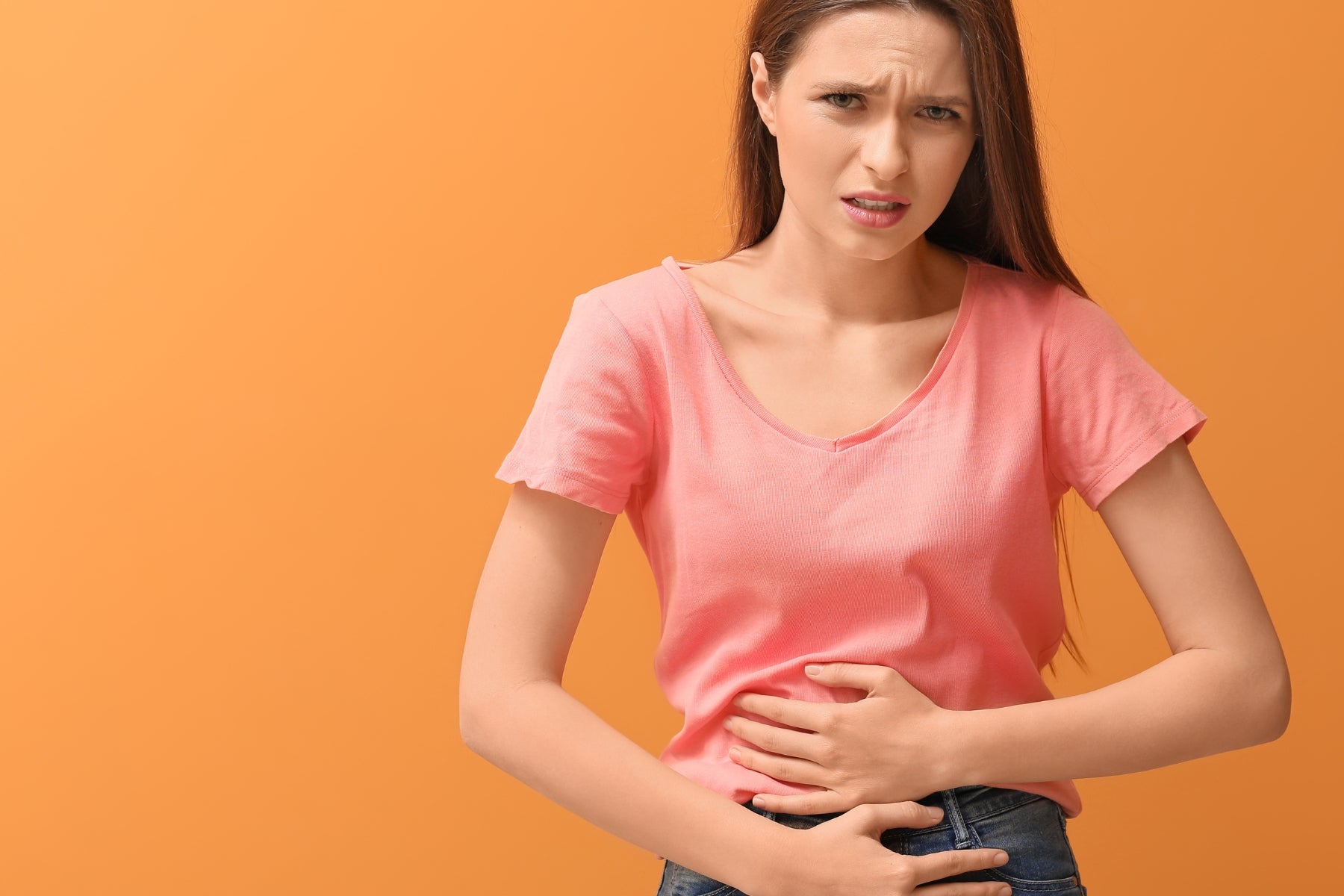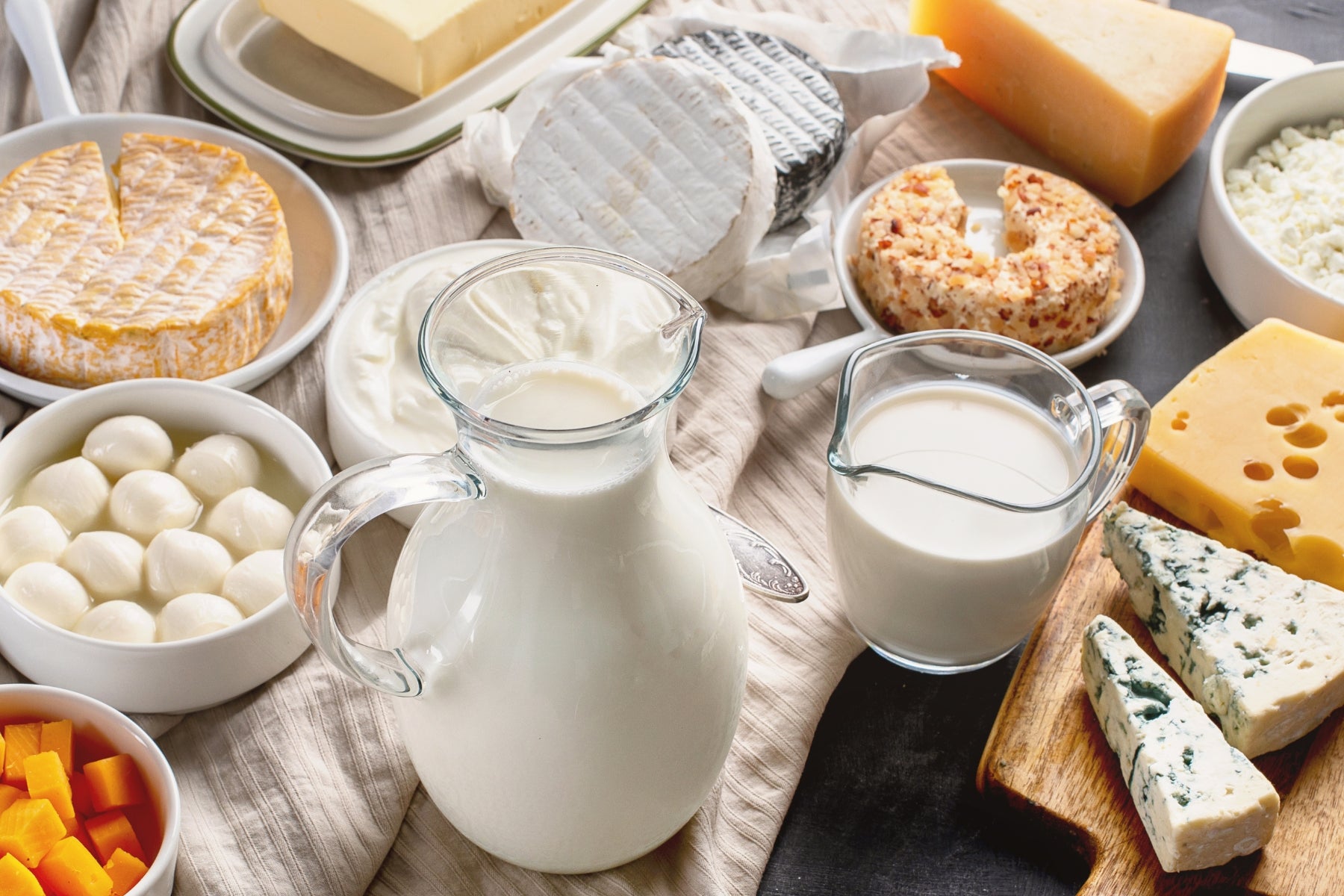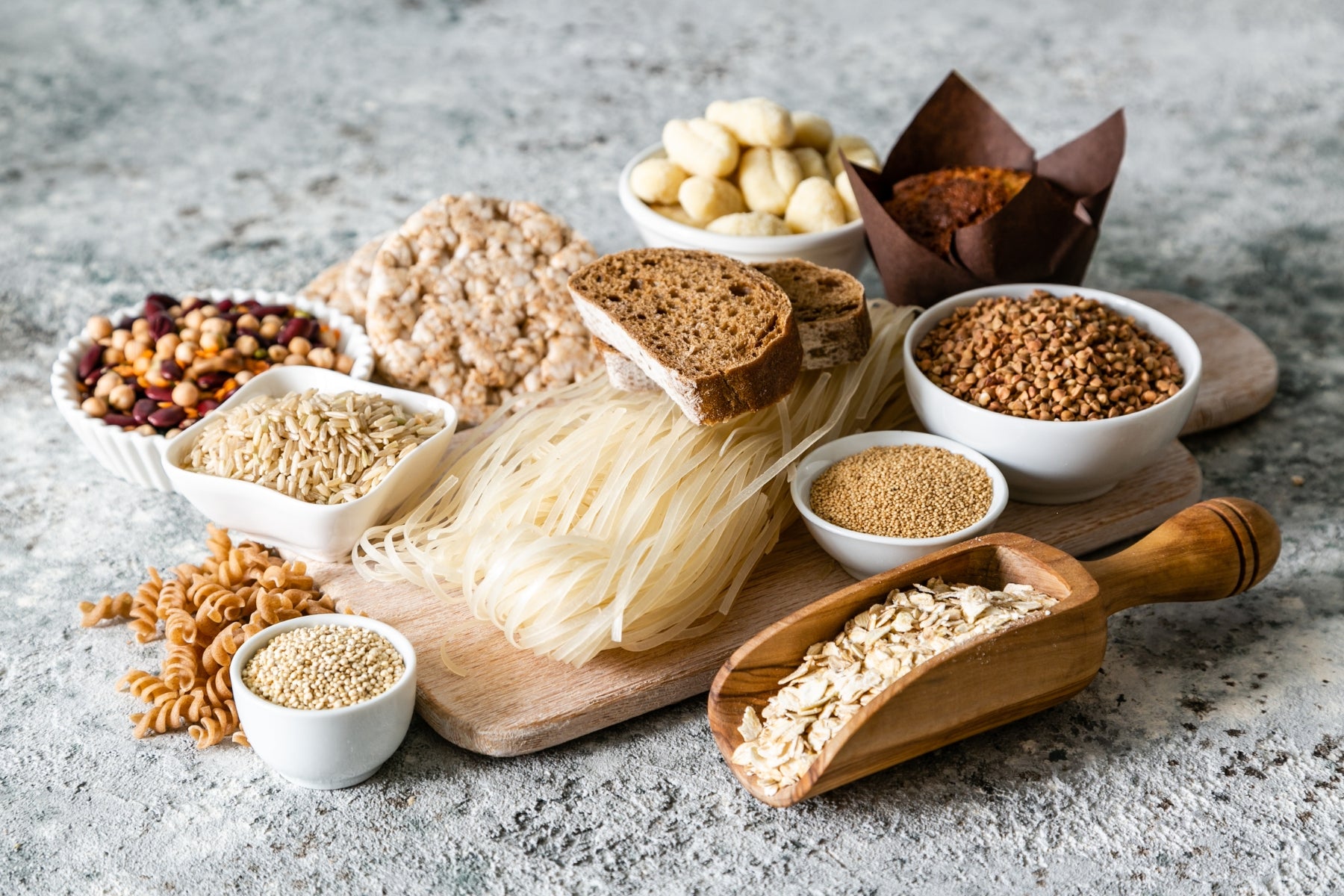
Histamine intolerance: when food makes you sick
What is histamine intolerance?
Histamine intolerance is an intolerance to the body's own messenger histamine. Histamine naturally occurs in many foods, Especially in fermented products such as cheese, wine and sauerkraut. Usually the body easily reduces the histamine. With histamine intolerance, this dismantling is disturbed, which can lead to various symptoms.
Symptoms of histamine intolerance
The symptoms of histamine intolerance can be very diverse and usually occur immediately after eating histamine -rich foods. The most common complaints include:
- Gastrointestinal problems such as diarrhea, abdominal pain and flatulence
- Headache and migraine
- Skin reactions such as itching, redness and hives
- Cardiovascular complaints such as low blood pressure and rapid heartbeat
- Respiratory complaints such as clogged nose and asthma
The intensity of the symptoms can be very different individually, from slight symptoms to severe allergic reactions.
Causes of histamine intolerance
The exact causes of histamine intolerance have not yet been fully clarified. It is assumed that several factors can play a role:
- A deficiency or a reduced activity of the enzyme diaminoxidase (DAO), which is responsible for the breakdown of histamine
- An increased permeability of the intestinal mucosa, which means that more histamine gets into the bloodstream
- An increased release of histamine from the body's mast cells, for example through stress or certain medication
Genetic factors also seem to play a role in the development of histamine intolerance.
Diagnosis of histamine intolerance
The diagnosis of histamine intolerance is not always easy because the symptoms can be very unspecific and also occur in other diseases. The gold standard is the implementation of an elimination diet, in which all of the food -rich foods are avoided for a few weeks. If the symptoms improve during this time, this speaks for histamine intolerance.
In addition, the activity of the DAO enzyme in the blood can be determined. A low value can be an indication of histamine intolerance, but is not proven. Provocation tests with histamine can also be carried out, but are controversial due to the side effects.
Treatment of histamine intolerance
The most important measure for histamine intolerance is to comply with a low -histamine diet. This includes avoiding histamine -rich foods such as:
- Long matured cheese such as Parmesan, Emmentaler and Cheddar
- Processed meat products such as salami and ham
- Fish and seafood, especially if they are not entirely fresh
- Fermented foods such as sauerkraut, vinegar and soy sauce
- Alcoholic drinks, especially red wine and beer
- Chocolate, nuts and citrus fruits
Instead, fresh, unprocessed foods should be on the menu. It is also important to pay attention to good kitchen hygiene and prepare food as fresh as possible.
In some cases, the additional intake of DAO capsules can help relieve the symptoms. However, these should only take place after consultation with a doctor. The use of antihistamines can also be useful in individual cases.
Living with histamine intolerance
Histamine intolerance does not mean that you have to do without all of thoroughly histamine -rich foods. As a rule, the tolerance becomes better if the body is relieved for a while. After a while, many affected people can consume small amounts of the problematic food without complaints.
It can also be helpful to keep a complaint diary by stating which foods are tolerated in what amount. So you keep an overview and can individually adjust the diet.
Histamine intolerance and other diseases
Histamine intolerance often occurs together with other diseases, for example with food allergies, neurodermatitis or chronic inflammatory bowel diseases such as Crohn's disease. In these cases, it is particularly important to carefully plan nutrition and to match the individual needs.
Psychological factors such as stress can also increase the symptoms of histamine intolerance. Relaxation procedures such as yoga or meditation can help to deal with the stress better and relieve the symptoms.
Conclusion
Histamine intolerance is a complex disease that can significantly affect the quality of life. With the right diagnostics and therapy, however, the symptoms can usually be well under control. A low -histamine diet, good kitchen hygiene and the individual adjustment of the diet are the most important building blocks. With a little patience and discipline, those affected can lead a largely symptom -free life despite histamine intolerance.
Frequently asked questions
What are the symptoms of histamine intolerance?
Frequent symptoms of histamine intolerance are gastrointestinal complaints such as diarrhea, abdominal pain and flatulence, headache, skin reactions such as itching and hives as well as respiratory problems. The expression of the symptoms can be very different individually and ranges from slight symptoms to severe allergic reactions.
What shouldn't you eat with histamine intolerance?
In the case of histamine intolerance, you should do without histamine -rich foods such as long -mature cheeses, processed meat products, fish, fermented food, alcohol and chocolate. Instead, fresh, unprocessed foods must be preferred.
In which foods is not histamine?
Fresh fruits and vegetables as well as most grain products contain none or very little histamine. Freshly prepared dishes from unprocessed ingredients are usually low in histamine.


